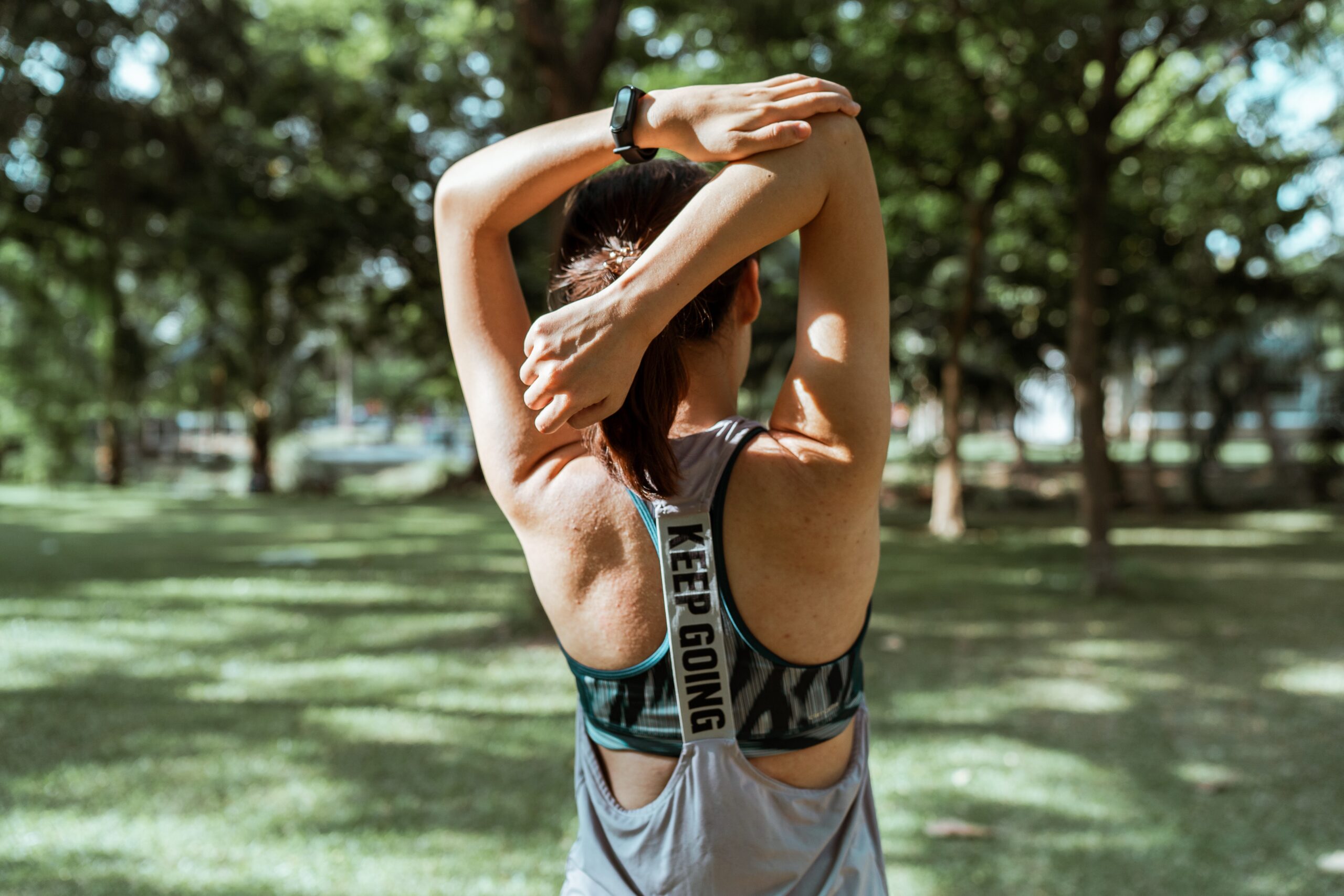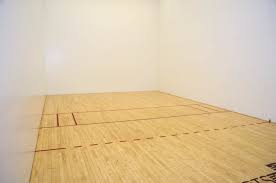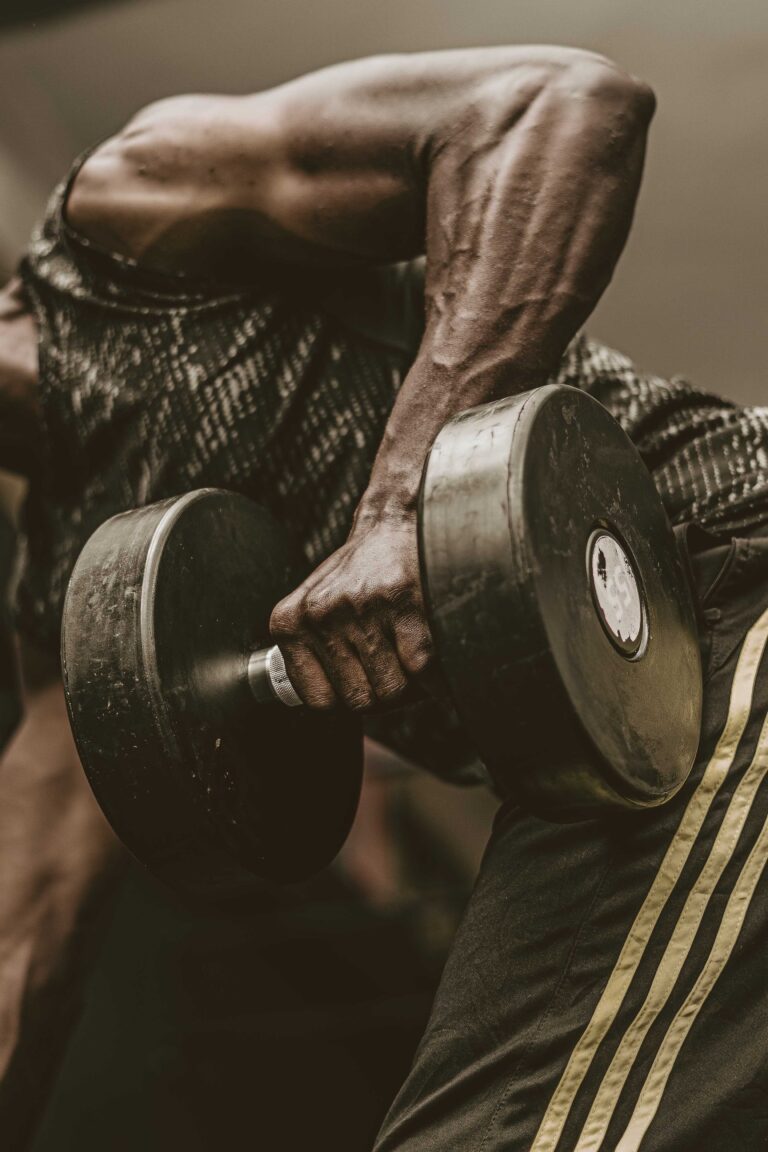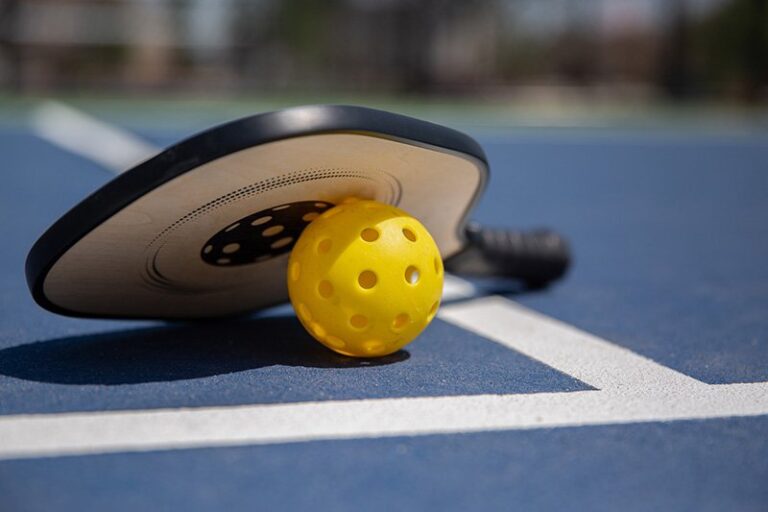Complete Guide to Upper Cross Syndrome Treatment in 2023: Correcting the Common Problem and Finding Relief
Understand the components of an upper cross syndrome treatment plan.
What Muscles Affected?
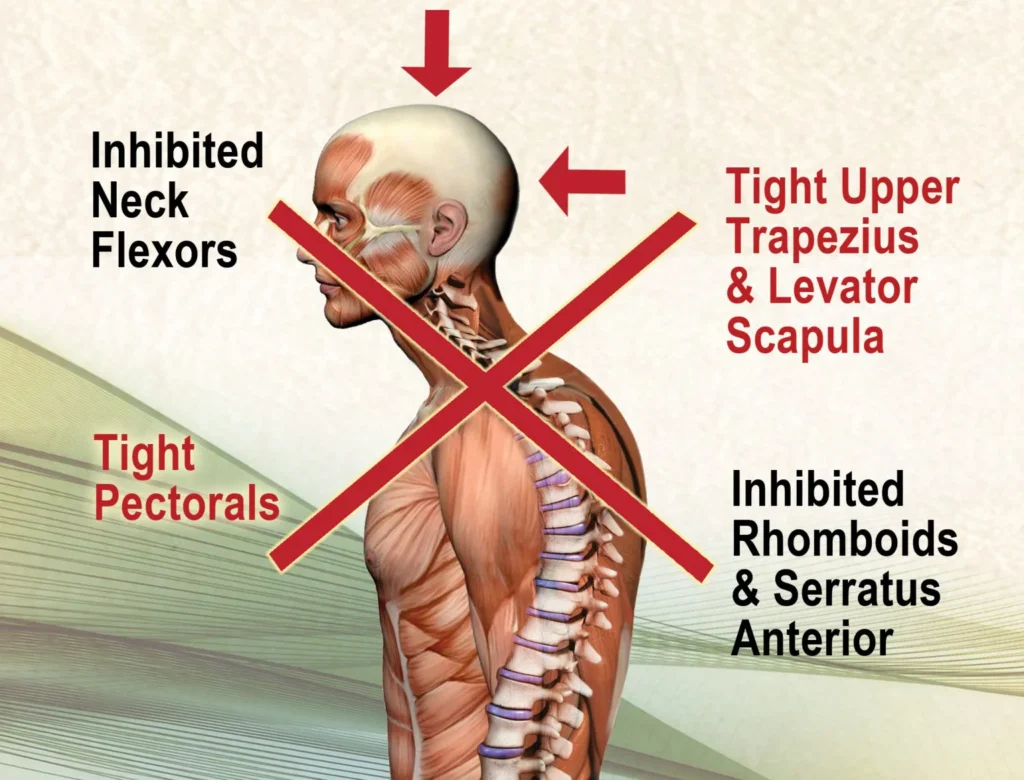
Upper Cross Syndrome primarily affects the muscles in the upper body, particularly those around the neck, shoulders, and upper back. The following muscles are commonly involved in Upper Cross Syndrome:
- Tight
- Upper Trapezius
- Levator Scapulae
- Pectoralis Major
- Pectoralis Minor
- Weak
- Deep neck flexors (e.g., longus colli, longus capitis)
- Lower Trapezius
- Serratus Anterior
- Rhomboids
Understanding which muscles are affected in Upper Cross Syndrome can help guide targeted corrective exercises and therapies to restore balance, flexibility, and strength in these areas.
For a more general overview of Upper Cross Syndrome, click HERE.
What muscles should you focus on in your upper cross syndrome treatment plan?
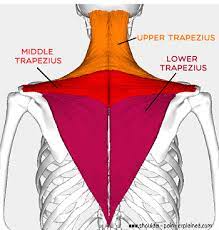
- Upper Trapezius:
- Origin: Occipital bone, ligamentum nuchae, and spinous processes of C7-T12 vertebrae.
- Insertion: Lateral third of the clavicle, acromion process, and spine of the scapula.
- Function: Elevates, retracts, and rotates the scapula upward.
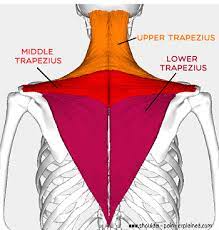
- Lower Trapezius
- Origin: Spinous processes of the lower thoracic vertebrae (T6-T12) and the thoracolumbar fascia.
- Insertion: Medial border of the scapula, from the scapular spine to the inferior angle.
- Function: The lower trapezius is responsible for scapular depression, retraction (pulling the scapula toward the midline), and upward rotation. It helps stabilize the scapula and maintain proper positioning during shoulder movements.
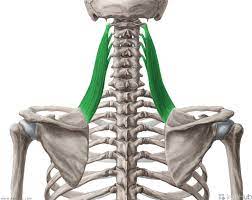
- Levator Scapulae
- Origin: Transverse processes of the upper cervical vertebrae (C1-C4).
- Insertion: Medial border of the scapula, near the superior angle.
- Function: Elevates and downwardly rotates the scapula, helps with neck side bending.
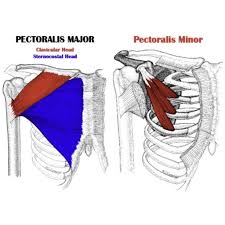
- Pectoralis Major:
- Origin: Clavicle, sternum, and upper ribs.
- Insertion: Greater tubercle of the humerus.
- Function: Adducts and medially rotates the arm, assists in flexion and extension of the arm.
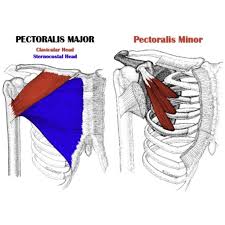
- Pectoralis Minor:
- Origin: Third, fourth, and fifth ribs near their costal cartilages.
- Insertion: Coracoid process of the scapula.
- Function: Stabilizes and depresses the scapula, assists in protraction and downward rotation.
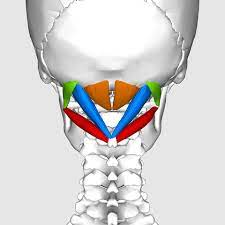
- Suboccipital Muscles (Rectus Capitis Posterior Major, Rectus Capitis Posterior Minor, Obliquus Capitis Superior, Obliquus Capitis Inferior):
- Origin and Insertion: Various attachments between the cervical vertebrae and the base of the skull.
- Function: Assists in head extension, rotation, and lateral flexion, helps maintain head and neck posture.
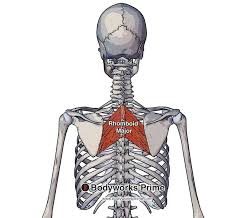
- Rhomboids (Rhomboid Major, Rhomboid Minor):
- Origin: Spinous processes of the upper thoracic vertebrae (T2-T5).
- Insertion: Medial border of the scapula, between the spine and inferior angle.
- Function: Retracts and stabilizes the scapula, assists in downward rotation and elevation.
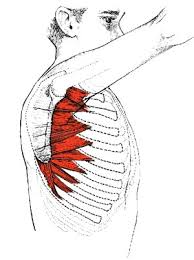
- Serratus Anterior
- Origin: Ribs 1-8 or 9 (depending on the individual) along the lateral surface of the ribs.
- Insertion: Anterior surface of the medial border of the scapula.
- Function: The serratus anterior plays a crucial role in scapular stabilization and upward rotation. It assists in protraction (forward movement) of the scapula, which is necessary for reaching forward and pushing movements. It also helps maintain proper scapular positioning and prevents winging of the scapula.
How to treat the tight musculature of Upper Cross Syndrome?
Muscles can become tight due to a variety of reasons, including compensation. When certain muscles are weak or inhibited, other muscles may step in to compensate and take on additional work. This compensation pattern can lead to overuse and tightness in the compensating muscles. Therefore, we need to relax the tight muscles by strengthening and exercising the weak/inhibited muscles.
- Stretching exercises: Perform stretches that target the tight muscles involved in Upper Cross Syndrome. Each stretch should be held for 30 seconds to 1 minute. If you want to hold longer, that is okay to do. It’s important to note that stretching should be done without causing pain. If you feel any sharp or intense discomfort during a stretch, it’s best to ease off and modify the stretch to a more comfortable level. Remember to breathe deeply and relax into the stretch, allowing the muscles to gradually release tension. Examples of stretches you can do:
- Pectoralis major and minor stretch: Extend your arm against a doorway or wall, and gently rotate your body away from the stretched arm.
- Levator scapulae stretch: Tilt your head to the opposite side and gently pull it downward with your hand.
- Upper trapezius stretch: Tilt your head to the opposite side and gently pull it downward and away with your hand.
- Suboccipital stretch: Place your fingertips on the base of your skull and apply gentle pressure while tucking your chin down.
- Myofascial release techniques: Use foam rollers, massage balls, or hands-on techniques to release tension in the tight muscles. Apply pressure to the affected areas and slowly roll or knead the muscles to alleviate tightness and trigger points.
- Chiropractic Care, Physiotherapy or Massage therapy: they will provide you with soft tissue techniques that will help relax these muscles and provide pain relief.
How to treat weak musculature of Upper Cross Syndrome?
- Strengthening/therapeutic/corrective exercises: Need to start stimulating the muscles that are weak/inhibited to encourage them to function during a movement. The times and repetitions are just a guideline. This is flexible but consistent work will help alleviate the issues.
- Deep Neck Flexors:
- Chin Tucks: Sit or stand with good posture. Gently retract your chin, bringing it straight back without tilting your head. Hold for a few seconds and repeat for several repetitions.
- Isometric Neck Flexion: Place your hand on your forehead and gently push your head forward while resisting with your hand. Hold for a few seconds and repeat for several repetitions.
- Lower Trapezius:
- Prone Y’s: Lie face down on a mat or bench with your arms extended overhead in a Y shape. Lift your chest and arms off the ground while squeezing your shoulder blades together. Hold for a few seconds and repeat for several repetitions.
- Standing Rows with Resistance Band: Attach a resistance band to a sturdy anchor. Stand facing the anchor with your arms extended in front of you, holding onto the band. Pull the band towards your body, squeezing your shoulder blades together. Hold for a few seconds and repeat for several repetitions.
- Serratus Anterior:
- Push-Up Plus: Assume a push-up position with your hands slightly wider than shoulder-width apart. Lower your body down as if doing a regular push-up, then as you push up, protract your shoulder blades forward, pushing your upper back away from the ground. Hold for a few seconds and repeat for several repetitions.
- Scapular Punches: Stand with your arms extended in front of you at shoulder height. Punch one arm forward while retracting the opposite shoulder blade. Alternate sides and repeat for several repetitions.
- Rhomboids:
- Prone T’s: Lie face down on a mat or bench with your arms extended out to the sides in a T shape. Lift your chest and arms off the ground while squeezing your shoulder blades together. Hold for a few seconds and repeat for several repetitions.
- Seated Row: Sit on a rowing machine or use resistance bands attached to a sturdy anchor. Grasp the handles or bands with your arms extended in front of you. Pull the handles or bands towards your body, squeezing your shoulder blades together. Hold for a few seconds and repeat for several repetitions.
- Doing these exercises will help tell your under active muscles fire, leading to postural corrections and better body alignment.
- For more detailed information about the benefits of exercise, here is a link to a research article.
Sample Upper Cross Syndrome Treatment Plan
- This is a sample guideline for a upper cross syndrome treatment plan. The numbers, exercises and stretches are guidelines. Adjust them accordingly as you see fit for yourself.
- Stretching Exercises:
- Pectoralis Major Stretch:
- Perform this stretch 3 times a day, 30 seconds each time, on both sides.
- Upper Trapezius Stretch:
- Perform this stretch 3 times a day, 30 seconds each time, on both sides.
- Pectoralis Major Stretch:
- Strengthening Exercises:
- Deep Neck Flexor Exercise:
- Perform this exercise once a day, 10-15 repetitions, for 3 sets.
- Lower Trapezius Exercise:
- Perform this exercise once a day, 10-15 repetitions, for 3 sets.
- Serratus Anterior Exercise:
- Perform this exercise once a day, 10-15 repetitions, for 3 sets.
- Rhomboid Exercise:
- Perform this exercise once a day, 10-15 repetitions, for 3 sets.
- Deep Neck Flexor Exercise:
- Perform these exercises for 2 weeks and reevaluate the results.
- Adjust by decreasing the reps with improvement or changing exercises if no change is seen.
Reference
Bayattork M, Seidi F, Minoonejad H, Andersen LL, Page P. The effectiveness of a comprehensive corrective exercises program and subsequent detraining on alignment, muscle activation, and movement pattern in men with upper crossed syndrome: protocol for a parallel-group randomized controlled trial. Trials. 2020 Mar 12;21(1):255. doi: 10.1186/s13063-020-4159-9. PMID: 32164773; PMCID: PMC7069207.
